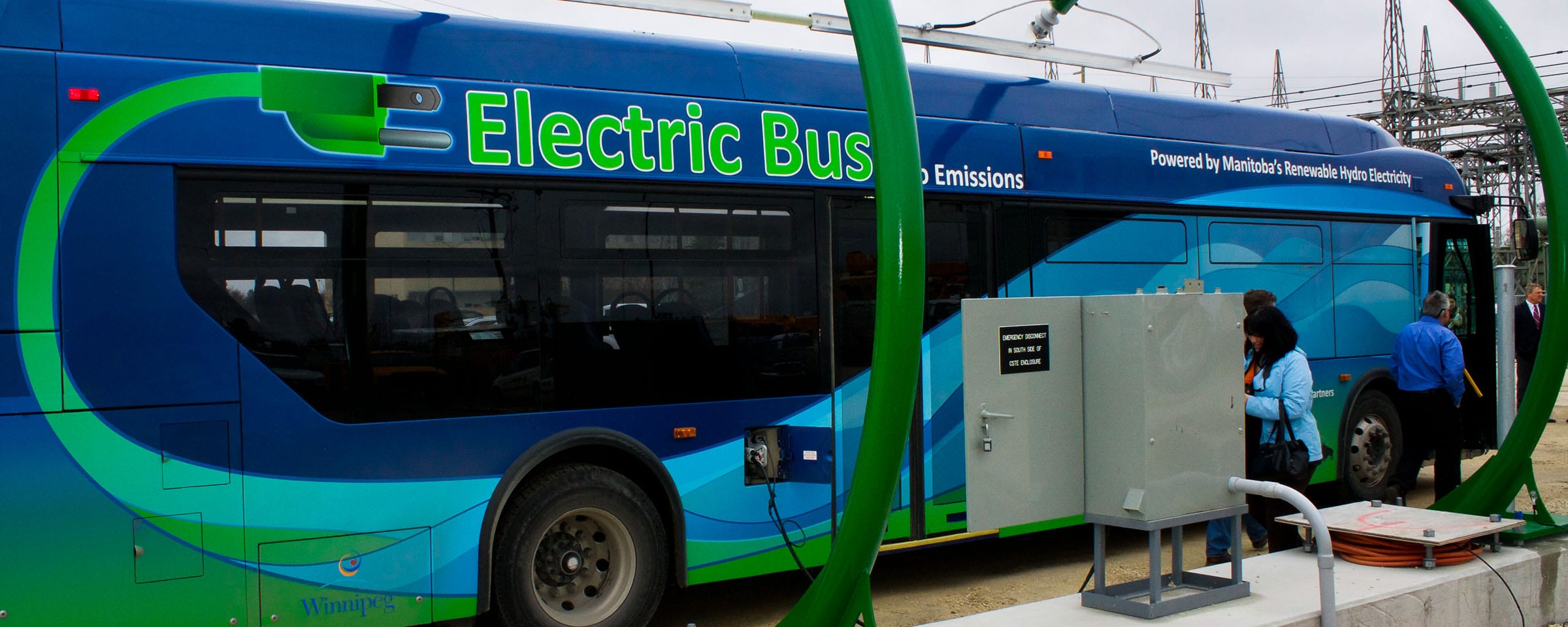MotiveLab: Constructing a chamber that can handle all the elements

This piece was originally published by Don Procter in the Journal of Commerce. We are republishing it here for your reading and for our internal records. Please note the Heavy Equipment Transportation Centre has since been renamed the Vehicle Technology & Research Centre (VTRC).

The first of its kind in Western Canada, MotiveLab is a 3,000 square foot room clad in steel thermal panels being constructed inside an addition to the Heavy Equipment Transportation Centre at RRC’s Notre Dame campus.
The climatic chamber allows manufacturers to test the performance of alternative fuels, emission reductions, new materials and components under full loads (torque or power) of the vehicle being tested.
For a new product such as a transit bus to meet standards of a transit authority, testing is a requirement. Until now, manufacturers from Manitoba had to head to the U.S. or east to Ontario at a “considerable cost” for testing, says Kevin Dickson, MotiveLab’s project manager and a vehicle technology expert at RRC.
“They (original equipment manufacturers) are ecstatic about this facility and the nice thing is there are departments within the college that might be able to further help them such as for machining, bending or piping,” he adds.
The chamber can reach temperature highs of +50 C or lows of –40 C, even when it is +30 C outside, within + or –3 C. It will feature a 1,000 horsepower engine dynamometer test cell and a drive-in chamber large enough for a bus or Class-A truck with an integrated 1,000 horsepower chassis dynamometer for a variety of vehicle types and sizes, says Dickson.
There is a growing need for climatic testing chambers.
“What we find is the production cycle of the release of new vehicles is getting shorter,” says Dickson, noting technological changes that incorporate low or even zero emissions are examples.
“When you start thinking temperature extremes that (zero emissions) is really critical,” he says.
The climatic chamber is well-suited to testing all-electric vehicles.
“It is important to maximize the stage of charge of your battery pack in extreme temperatures.”
Dickson says the chamber can maintain -40 C for a 650 horsepower engine for 15 minutes — enough time for a manufacturer to evaluate critical performance characteristics.
“It is done (chilled) with two extremely large glycol tanks (33 tonnes each),” he says.
“A very large blower fan will circulate a lot of air” through the chamber to heat or cool the space, so air tightness of the chamber is critical.
Ray Hoemsen, executive director of research partnerships and innovation with RRC, adds that stringent environmental regulations are “pushing the envelope” of new designs in the heavy equipment sector.
“This all gives way to ever greater research and testing needs. MotiveLab will be a unique western Canadian facility that will help give firms, especially those in the region, a competitive edge,” Hoemsen adds.
So far manufacturer interest in the facility has been keen, says Dickson, noting that OEMs contacted indicate the current potential is for about 70 days of use in the chamber.
“I think it is a fairly significant number because we haven’t done a huge marketing blitz,” he adds.
Surprisingly, Winnipeg’s growing movie industry has also indicated interest in the chamber for film shoots, says Dickson.
“We haven’t been focused on other opportunities like this for the facility but they are popping up.”
The chamber is part of the college’s Heavy Equipment Transportation Centre (HETC), a teaching facility first, he says, adding that MotiveLab will support not only applied research, but also education and training, providing a better applied learning experience for students.
Construction is scheduled to start this month with completion in spring 2018.
The chamber is an engineering design by Toronto-based Aiolos Engineering Corporation. Akman Construction partnered with Number Ten Architectural Group, both of Winnipeg, on the design-build to integrate the chamber within the HETC. The dynamometers are supplied by Mustang Advanced Engineering out of Twinsburg, Ohio.
Funding for the two-phase project is $10 million. The federal government’s Innovation, Science and Economic Development, Post-Secondary Institutions Strategic Investment Fund provided a $3 million grant, the provincial government and the college each added $1.5 million.
Initial investments include $1 million from the Canada Foundation for Innovation, $1 million from Research Manitoba and $2 million from the college.

